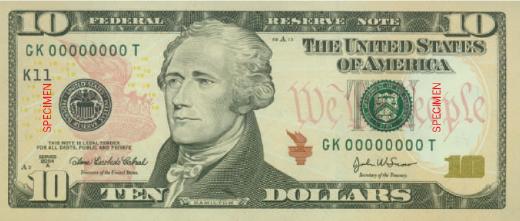
I have a long and colorful history with the homeless population of any big city I inhabit. There was the woman who hawked a loogie on my apartment front door because she didn’t believe I had no spare change (I really didn’t). There was the guy who broke down crying (leading me to do the same) in front of a 7-Eleven when I gave him $20 on Christmas Day, my unofficial annual tradition. There was the man who routinely coaxed me out of my change in D.C. simply with an ingenious shtick: He called himself “Blelvis the black Elvis,” and could sing any Elvis tune you asked him. How could you not reward that cleverness? 
Then there was the event several years ago that cemented my decision to acknowledge the homeless: I had to walk home from a motorcycle repair shop and, not wanting to haul a helmet and heavy jacket, dropped them into an abandoned shopping cart and hoofed it home. I was astounded by how many people would not make eye contact (some even walked on lawns to avoid being on a sidewalk with me), lest they be asked for money. I realized then how we dehumanize that population like human flotsam.
But every once in a while, I come across someone who only reinforces the disdain many people have for them. Like the obnoxious guy in Westwood who would shake his coin cup about an inch from your passing ear to ask for change (how I wanted to slap that cup in the air). And Loogie Lucy was never going to be mistaken for Miss Congeniality.
Add to those ranks Capital One Man, who I encountered today.
I was heading home from a doctor’s visit, and stopped at 7-Eleven for my first caffeine of the day. I had a pounding headache from the medical procedure, and the relentless sun made it impossible for me to make eye contact.
But I heard him fine.
“Got any spare change?” he asked. “I need bus fare.”
I couldn’t look him in the eye, couldn’t even make out his face in the orange haze. But I was determined to acknowledge him. “Sorry,” I said. “I only have plastic (that, too, was true).”
He paused a moment, then said, “Cash back?”
I was so thrown off by the response I broke into laughter. Clearly, the guy had been told this before, and had a ready response. Because you can get cash back with an ATM purchase at a 7-Eleven. But the maximum is $10, usually dispensed in a single bill or two $5 bills. Was he expecting a Lincoln or Hamilton?
I’ll never know, because he was gone when I exited the store. And I felt bad for laughing at the guy. I know homelessness is no joking matter.
But come on: If you’re that clever, you could at least belt out a couple lines of Love Me Tender.
https://www.youtube.com/watch?v=GSvKkMs2ieo


